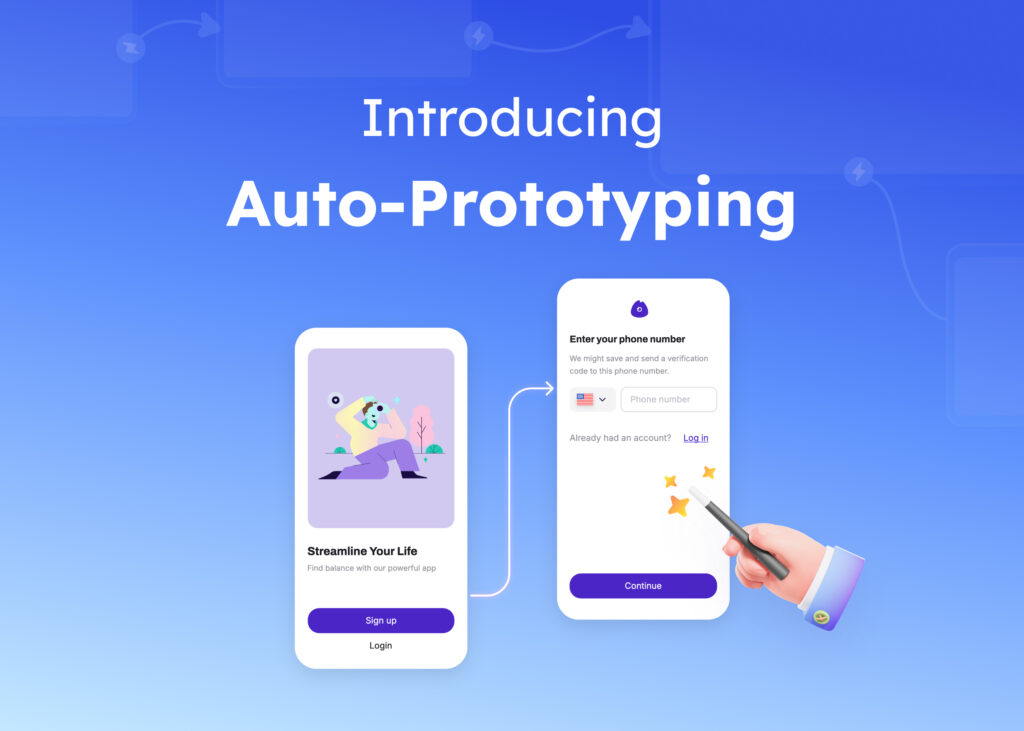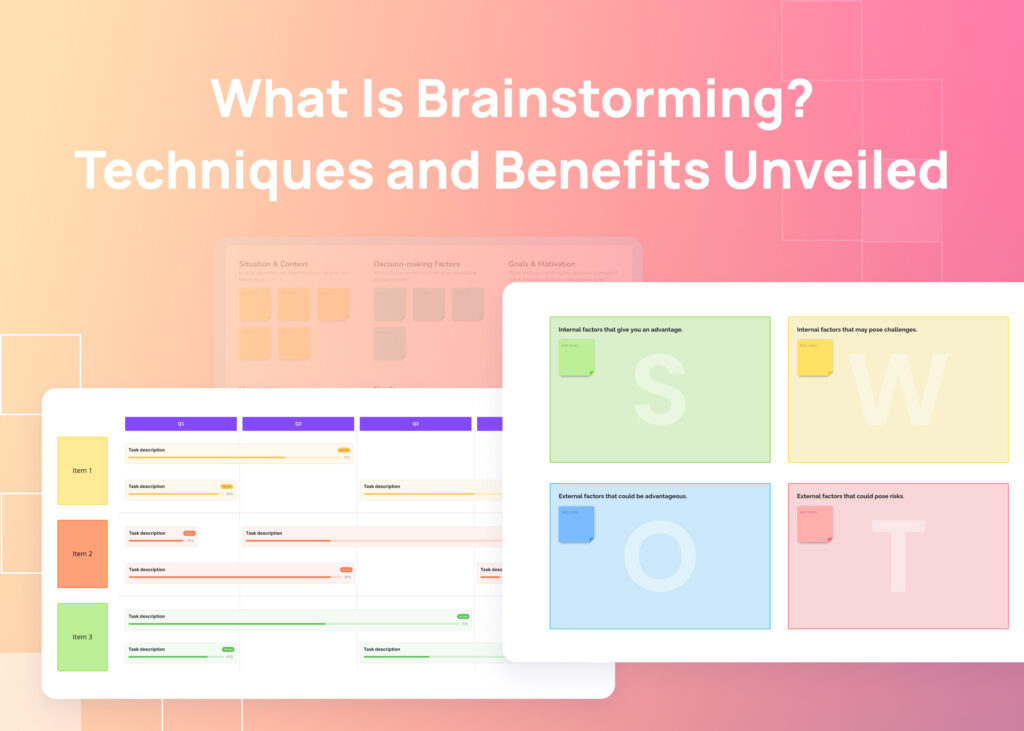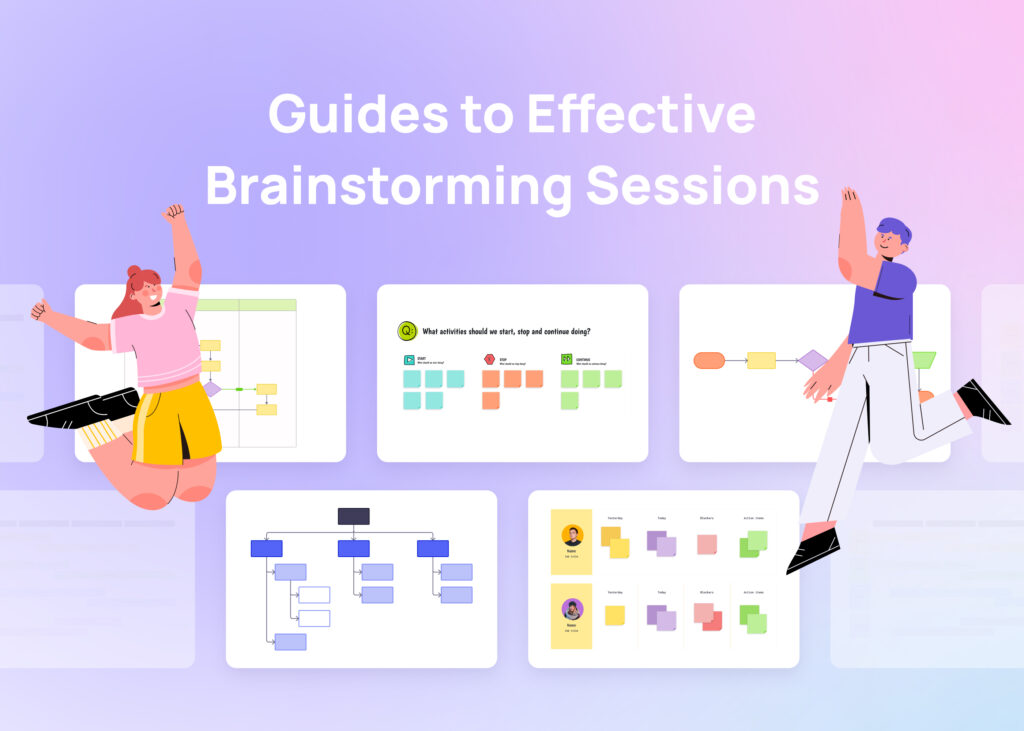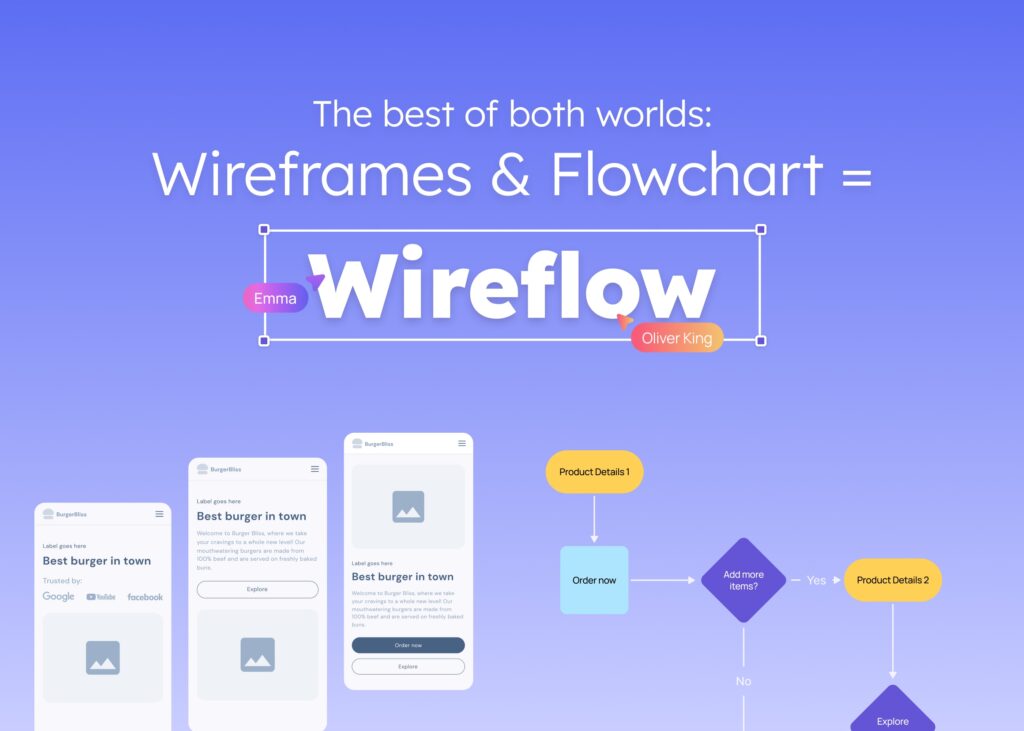
It’s evident that we’re on the verge of a technological shift that drastically impacts how we live, work, and interact with each other. The business landscape is becoming more complex, with businesses required to offer seamless software solutions to human problems and deliver exceptional user experience across all digital touch points.
In order to bring these software solutions to us, it is essential to have a Product Manager (PM) who can identify, ideally, all kinds of customer needs and align them with the overarching business objectives. But why should PMs care and learn UI/UX design?
Let’s find out together the five reasons why UI/UX learning is so crucial for PMs to learn!
Who are Product Managers?
Product managers (PM) are indispensable in developing the strategy and roadmap for any software development process. On a daily basis, they have to lead a cross-functional team that works in all stages of a software development life cycle. This involves researching and comprehending the needs of the customers, working in tandem with the design team, and collaborating with the engineering team to conceptualize and develop effective solutions.
UI/UX and Product Management relation
UX design entails managing user journeys as they interact with a product or service, whereas UI design focuses on the actual development of that product or service’s interface. They are a trinket in any PM’s product management treasure chest, all of which help them to create and deliver the best possible product. Hence, UI/UX, of course, is an indispensable factor contributing to the success of a product. The key to developing a product that everyone loves is to put the decision-makers into the users’ shoes when they need to make any critical choices.
Product managers often make the mistake of making decisions based solely on their own experiences and perspectives, without a full understanding of what users need. While they don’t need to be UI/UX experts, understanding these elements can broaden their perspective and lead to more effective products that delight users aesthetically.
Now that you understand the importance of UI/UX in product management, let’s look at the reasons to learn UI/UX design!
Here are the top 5 reasons why product managers should learn UI/UX:
1. UI/UX design drives product success.
Bad UI/UX can single-handedly deter people from using your product; in contrast, a well-design product can provide a positive user experience, increasing engagement, retention, and conversion rates.
Moreover, PMs and UI/UX designers should always work closely together and know the impact of UI/UX design on the final product can foster close collaboration within a team. Even if the PMs are not solely responsible for the UI design, understanding UI/UX concepts empowers them to provide designers useful feedback, ensuring that their product delivers the best possible user experience
Visily’s tip: Develop your design intuition, it is helpful to learn key design principles, such as the principles of user interface design, the laws of UX, and the basic UI elements and patterns.
2. UI/UX design constantly evolves.
UI/UX design constantly evolves, with new technologies and trends always emerging. For instance, advancements in artificial intelligence and machine learning are changing how we interact with digital products. And since these trends create new opportunities for user engagement, Product Managers can stay up-to-date about these trends and understand how they impact the development of their products by following UI/UX influencers or simply catching up with the news. This makes sure that whatever the product decision is, the final output will always remain relevant and competitive in an ever-changing product landscape.
Visily’s tip: Observing the UI/UX landscape, join UI/UX community and follow well-known key opinion leaders.
3. UI/UX design informs product strategy.
When developing the overall role of any product, a product manager who understands his or her user’s needs and behaviors can make informed decisions by guiding the UI/UX design to prioritize certain features and functions.
For example, when developing Visily’s AI screenshot to design function, our team noticed that not all users have experience in UI/UX design; some of them are self-learned. Hence we decided to make an intuitive interface where users only need to take screenshots of existing apps or websites they are fond of; in just a few clicks, our AI assistant would help convert them into beautiful high-fidelity mockups. This is, so far, one of our most-loved features.
Visily’s tip: Understand your users and their goals better. Use this information to design interfaces and flows that cater to their needs and exceed their expectations. Prioritizing user-centered design will lead to satisfied and loyal users.
4. UI/UX design influences user perception.
How a product looks and feels influences how users perceive it and their overall experience. Suppose you’re building a website for eCommerce, the interface and experience shouldn’t be unfamiliar compared to the norm.
To go deeper into a user’s perception, we must first grasp the psychological linkages behind the entire user/interface dialogue. Although UI/UX constantly evolves, user cognition and perception adhere to a set of ground rules: the user perceives what he expects to see. It’s influenced by experience, context, and goals. Great UI/UX designs can influence customer purchase decisions, product perception, and event brand name reputation.
Visily’s tip: Create a sense of professionalism, trustworthiness, and reliability with visually appealing UI. Make sure your app is easy to navigate and brings consistent experience throughout.
5. UI/UX design can drive innovation.
UI/UX design can be a catalyst for product innovation. It pushes Product Managers to think beyond the ordinary and explore new and creative ways of solving user problems. Before diving into product development, take the time to unearth all the necessary insights: conduct extensive research, contextualize the brand, identify implications, and truly understand users. The more you know, the more innovative you can be.
By adopting an innovative mindset, even a new interaction pattern can transform the user’s experience, making it more effortless and intuitive. When PMs prioritize UI/UX design, they are not just creating a product; they’re creating an exceptional user experience that will set them apart from the competition.
Visily’s tip: Take time to research, get inspired and keep track of your ideas, unleash your creativity, think outside the box, and let UI/UX design drive your product innovation.
How Visily empowers PMs to unlock their potential in UI/UX design
Visily is a wireframing tool that simplifies the UI/UX design process and inspires PMs to step up in their UI/UX game.
The tool provides a curated collection of design inspiration, including rich and flexible template resources, layouts, typography sets, and so on, to aid in generating fresh ideas. Visily also includes drag-and-drop component templates for users to test different design options on various screens. Moreover, PMs can collaborate with their design teams in real-time, gather and provide all feedback and make changes to the designs within the platforms.
If you’re a product manager, understand that you are the vital bridge between your business and customers. To help both sides achieve each goal, you can easily do it through UI/UX. Put yourself in your customer’s shoes so that you can intensely focus on their needs; remember, creating a seamless and delightful user experience should be a central focus in achieving your company’s goals.












